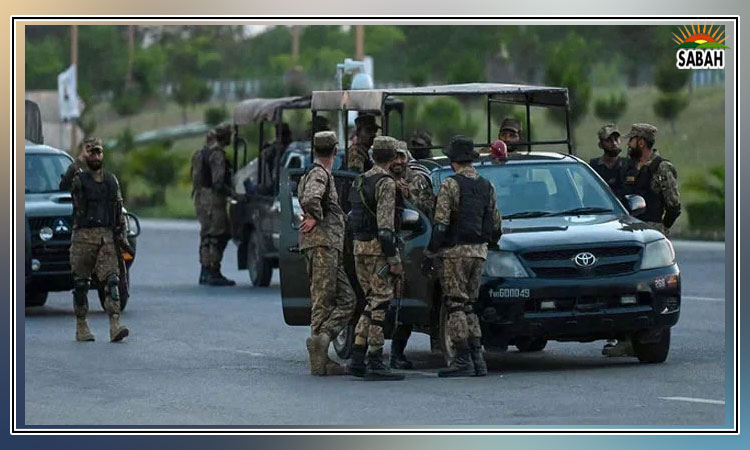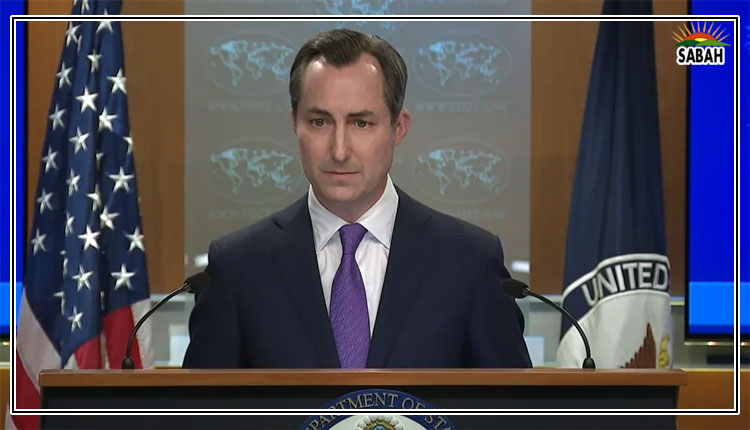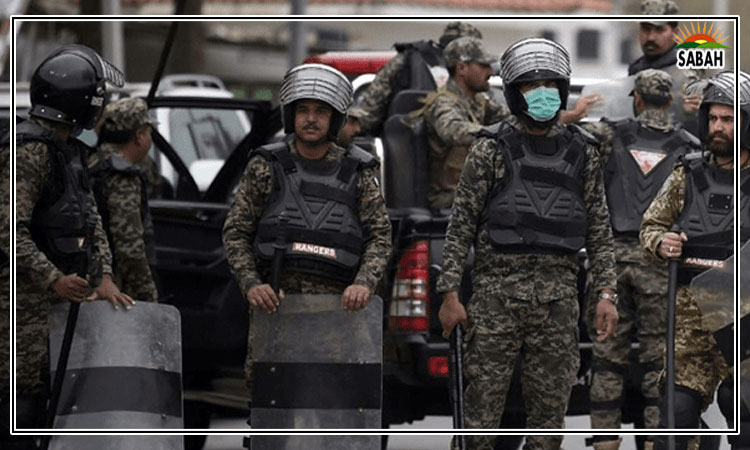Skardu’s battle to stay lit…Alefia T Hussain
Skardu is winding down after a hectic summer tourist season in Gilgit-Baltistan. Tour operators, car rentals and restaurants are planning to lay low for a month, re-energize and re-stock for the autumn season that normally begins by mid-October.
This summer, trekkers, mountaineers and tourists thronged to GB, and left their footprints (and trash) atop idyllic campsites, scaled killer peaks in the Himalayas, Hindukush and Karakoram, and whizzed through national parks and picturesque sights of soaring snow-capped mountains. Perhaps a record high number of local and foreign visitors flew in or drove to GB this year.
The past few years have seen a boom in tourism in the area. The Skardu airport was given the status of international airport in 2021. The first international flights from Dubai landed in Skardu in August this year. Flights from Islamabad and Lahore are regular. Hundreds of high-class as well as Spartan accommodation options are available for tourists in the city.
Skardu is steadily expanding. The number of city dwellers is rapidly increasing. The tourism business is multiplying. The people have worked hard to promote Skardu and the spectacular areas surrounding it as a top-notch tourist destination. But it remains without electricity for most of the day and night.
Hamid Hussain is a leading tour operator in Skardu. His zest for adventure is immeasurable to find fairies and beasts in the depths of expansive valleys or explore highs and lows of mountains on foot or in his four-wheel drive. He has guided local as well as foreign tourists across Pakistan for almost two decades. He likes to spend the summer on the roads with his guests and winter planning trips for them in the comfort of his office at home.
He needs uninterrupted internet connection to plan tours, communicate with groups and manage logistics. But, since Skardu remains out of light most of the time, he says I have had to move to Islamabad or Rawalpindi in winter months to ensure I get good business the next season too.
He adds, Moving out of my self-owned home in Skardu and shifting into rented accommodation in another city for work purposes is proving to be uneconomical for me and my family. The cost of living in big cities is more than living in our own hometown.
Skardu, the capital of the Baltistan region, is power-starved. Even though the area has a great potential to generate electricity from water, sunlight and wind, it receives electricity for four to five hours on average a day. Houses and shops remain dark. Communication is patchy. Charging electronic devices is difficult. Hotels, like some of the well-off households, have set up self-sufficient systems. The humming noise of generators fills the air. Basically, keeping their dwellings lit up and functioning is a challenge.
Satpara Dam, located approximately four kilometres away from Skardu, is built downstream from Satpara Lake on the Satpara Stream. Originally, it was meant to generate 17.36 MW of hydroelectricity to supply power to approximately 30,000 households in the Skardu Valley. Presently, according to the water and power departments data, the Satpara Dam produces about 13 MW that too depending on the reservoir level after meeting the irrigation and drinking water demands.
The electricity demand varies from up to 45-50 MW in winter to 30 MW in summer per day every year. With an irregular increase in demand for irrigation and drinking water due to mushrooming of hotels, escalating population and unpredictable glacial melts, it has become difficult to maintain a reasonable water level in the lake for energy generation. At best and during peak hours, Skardu has access to about 10 to 12 MW a day generated from the dam and some allied power projects functioning in the area. The 10 to 12 MW is too little to keep Skardu bright and functioning effectively.
Experts say the authorities have not been able to put an effective system in place to ensure a smooth flow of power.
Though the area has a potential for sufficient hydropower generation, the water and power authorities have been unable to fill gaps in installed capacity, power generation and increasing demand for electricity, poor construction of hydropower projects without proper EIA (environmental impact assessments), lack of technical staff and maintenance services, and delays in execution of construction projects that increase the cost of construction manifolds over time.
They undersell electricity to the local households and therefore are unable to generate revenue for the upkeep of power generation systems.
People in Skardu complain that not a single mega hydro power project has been built in the city to meet its power needs and that of its allied villages, due to lack of funds in the past many years. Perhaps, a diversion of the Shatung Nullah, which is a left tributary of River Indus, into the Raicin Nullah, and on to the Satpara Nullah, may solve some of their power problems.
Earlier this year, the Executive Committee of the National Economic Council (ECNEC) announced setting up a regional grid and approved the Shagharthang Hydropower Project which aims to provide 26 MW of electricity to Skardu and its adjoining areas.
These decisions were made by the ECNEC during the time of the PML-N government. One hopes the change of government will not delay the promised projects.
Some more adventurers and stargazers will return by mid-October, by when the fabled valleys would be adorned in the spectacular autumnal colours the green of poplar and apricot trees turned yellow, orange and red and the mist and chill rolled in. The numbers may be far less than those in the summer, but they will be as out of touch with the reality of the area as visitors before them.
Courtesy The News











